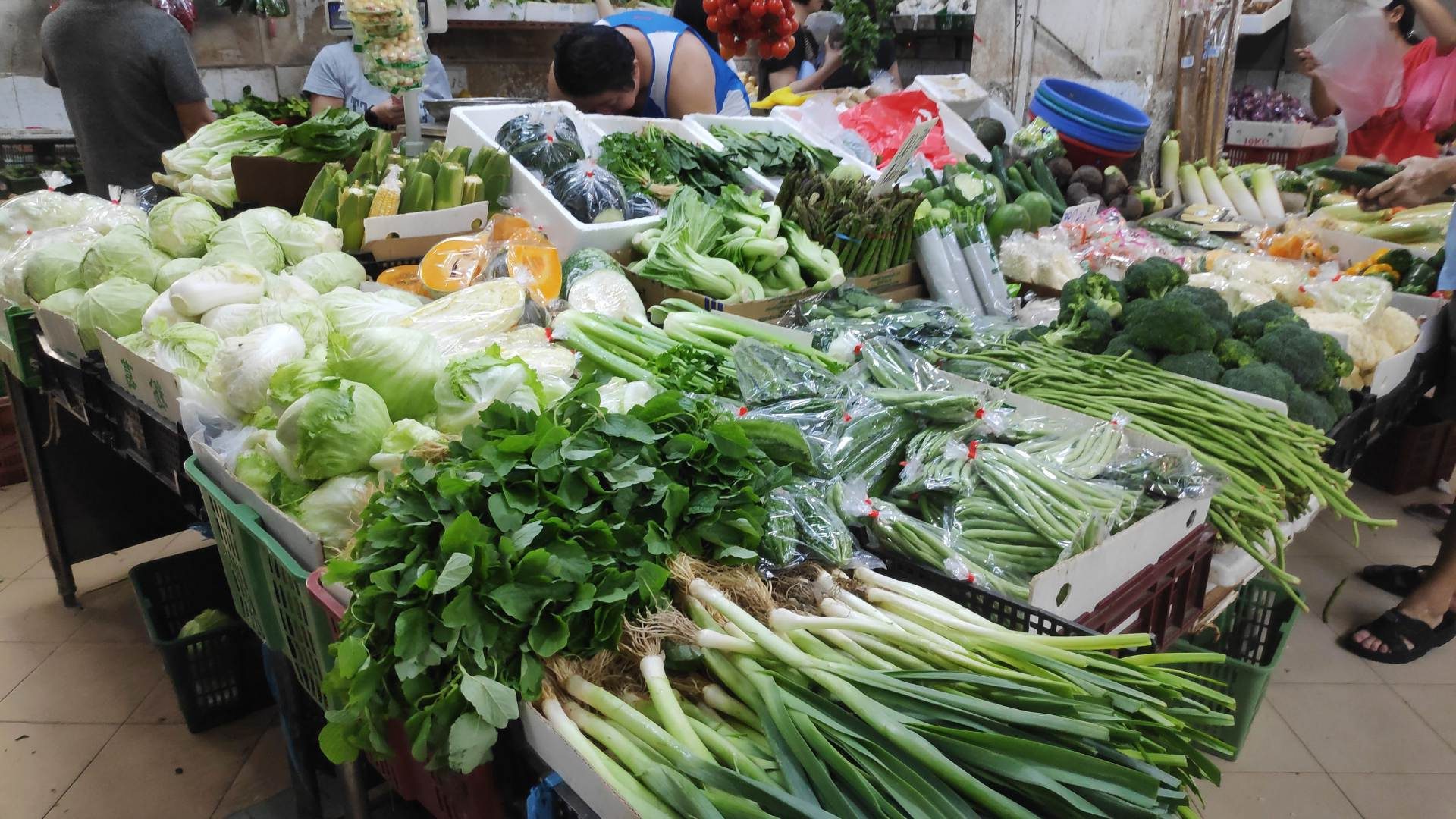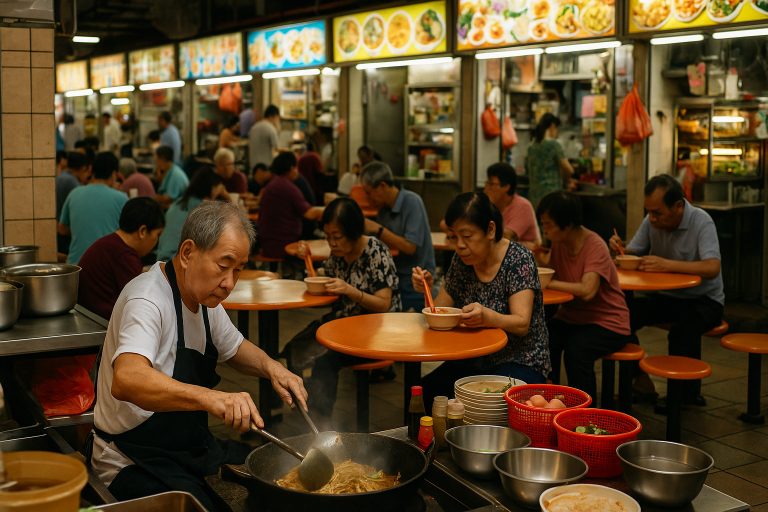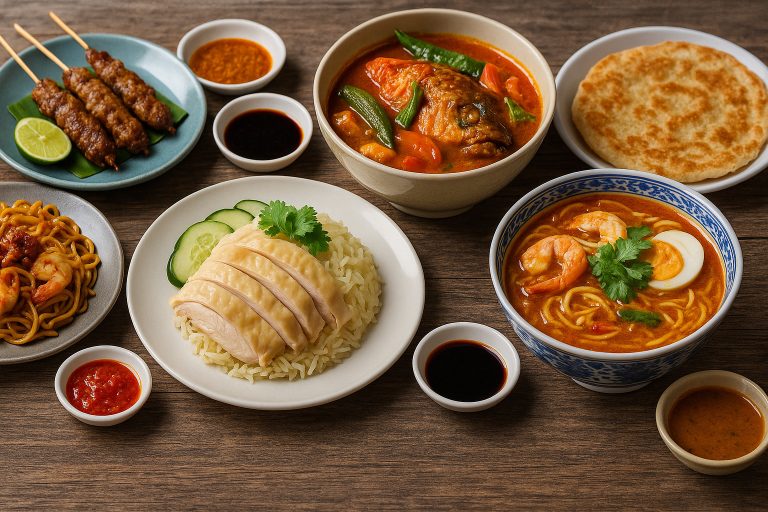Wet markets remain a cornerstone of Singaporean culinary culture. They offer more than fresh produce; they set the tone for local cooking practices. Singaporeans rely on these bustling hubs to source ingredients that define their daily meals. The sensory experience—aromas, textures, and vibrant colors—fuels creativity in the kitchen.
The Pulse of Tradition and Freshness
Markets offer produce that speaks to tradition. Singaporean recipes pass from generation to generation through hands-on experiences in these markets. Shoppers witness an exchange that centers around quality, authenticity, and heritage. This experience feeds into the dishes prepared at home. Ingredients such as aromatic spices, freshly caught seafood, and hand-picked herbs transform everyday cooking into a ritual that honors ancestral practices.
- Freshness: Daily visits ensure that ingredients are at their peak.
- Local Variety: Seasonal items offer a rotating menu for cooks.
- Personal Connection: Interactions with vendors add authenticity to ingredient selection.
Impact on Ingredient Selection and Cooking Techniques
The vibrant setting of wet markets directly influences how recipes take shape. The layout of stalls often inspires a structured approach to meal planning. Buyers consider the seasonality and provenance of each item. The commitment to quality influences cooking techniques that highlight the natural flavors of ingredients. Simple methods such as steaming, stir-frying, and slow simmering are preferred to retain freshness.
- Ingredient Quality: High-quality produce leads to a focus on minimal seasoning.
- Seasonal Adaptations: Recipes adjust according to what is available.
- Efficient Techniques: Traditional methods ensure that textures and flavors remain intact.
Social Connections and Culinary Knowledge
A key aspect of the market experience lies in the social interactions. Shoppers and vendors share stories about traditional recipes and modern twists. These exchanges foster a communal spirit that reverberates in the kitchens of Singaporean households. Families pass down techniques and secret ingredients that create personal and memorable meals. Conversations in the market add layers to the understanding of food preparation and preservation.
- Vendor Expertise: Experienced stallholders provide insights into ingredient selection.
- Shared Heritage: Conversations reinforce cultural identities tied to food.
- Community Learning: Casual advice from vendors often leads to new cooking experiments.
Recipes That Reflect a Dynamic Culture
The influence of wet markets on cooking extends to the diversity of recipes. Singapore’s culinary scene borrows from Malay, Chinese, Indian, and Peranakan traditions. Each meal carries hints of historical migrations and cultural exchanges. Ingredients purchased from wet markets inspire fusion dishes. The result is a rich tapestry of flavors that respects heritage while welcoming contemporary interpretations.
- Heritage Recipes: Traditional dishes remain popular for their deep-rooted history.
- Fusion Creations: Modern recipes incorporate classic ingredients with new techniques.
- Balanced Flavors: The market provides fresh items that result in vibrant, balanced meals.
Practical Tips for Adapting Market Finds to Home Cooking
Singaporeans convert market experiences into practical cooking tips. Understanding the quality and seasonality of ingredients helps in planning weekly menus. Prioritizing market-sourced items supports local vendors and reinforces community ties. Home cooks often:
- Plan Ahead: Schedule regular market visits to select ingredients based on seasonal availability.
- Engage with Vendors: Ask for advice on storage and preparation techniques.
- Experiment: Incorporate traditional ingredients into contemporary recipes for a personal twist.
- Simplify Techniques: Focus on methods that preserve the inherent flavor of fresh produce.
The wet market is not just a place to buy food; it is a living gallery of culinary art that informs Singaporean cooking. The experience is rich with tradition, community, and a continuous flow of ideas that keep local kitchens dynamic. Each visit provides inspiration, guiding home cooks to prepare meals that reflect both personal identity and cultural heritage. This market-driven approach ensures that Singaporean cooking remains vibrant, inventive, and deeply connected to its roots.



